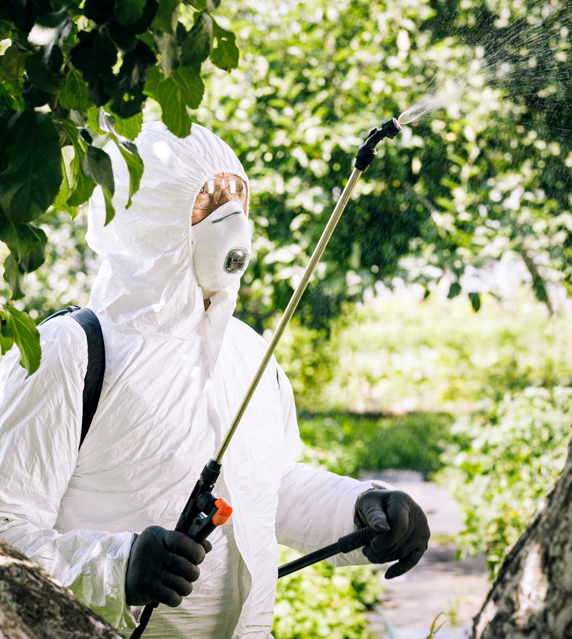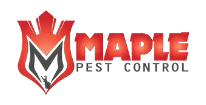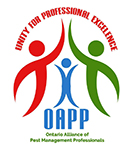IPM is an operational and ecologically sensitive way moving forward to responsible management of certain pest controls that rely on a blend of consistent management protocols, the reduction of insects and weeds with the economy and health issues all in balance. Integrated Pest Management programs make use of up-to-date, all-inclusive info on the life cycles of the pests and their contact to the environment. The procedure of IPM using prevailing pest control techniques is to achieve and manage pest impairment by the most cost-effective means, and with the minimum possibility of collateral exposure to the masses, to property, and to the atmosphere.
The Integrated Pest Management (IPM) methodology is particularly aimed at the agricultural and agricultural surroundings; for example farms, growing locales, but it is also concerned with home and surroundings. IPM takes benefit using all suitable pest management alternatives comprising the careful usage of pesticides without causing financial hardship. It is generally thought that emphasis should be on control of insect populations, not the eradication, because it would be nearly impossible to accomplish and would be far too costly.









